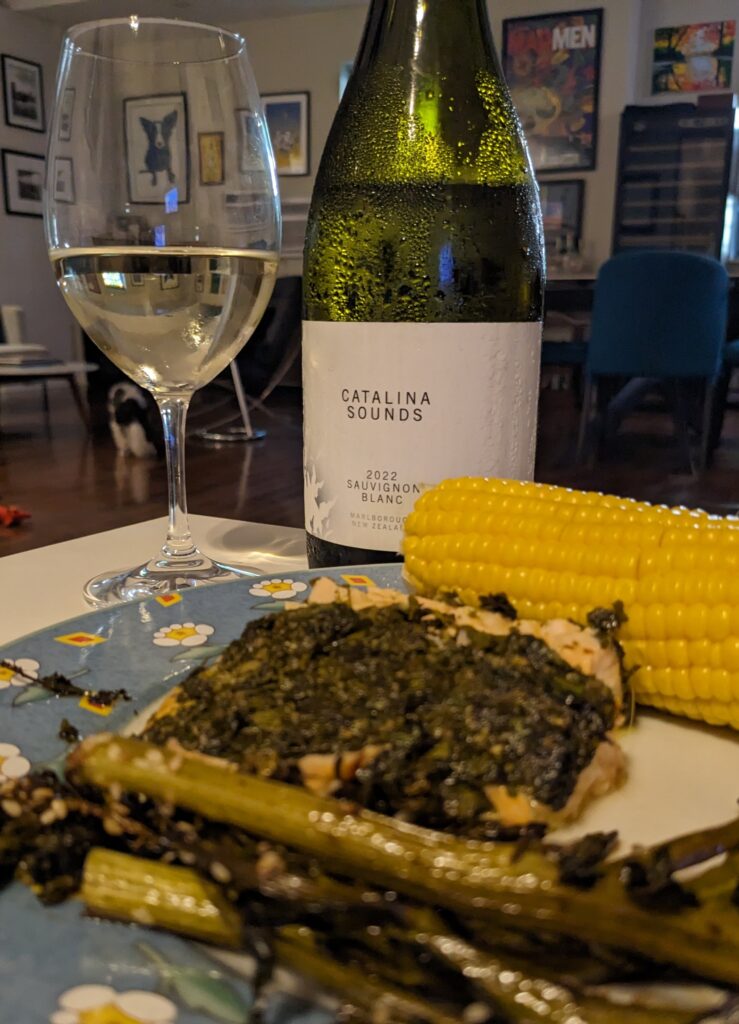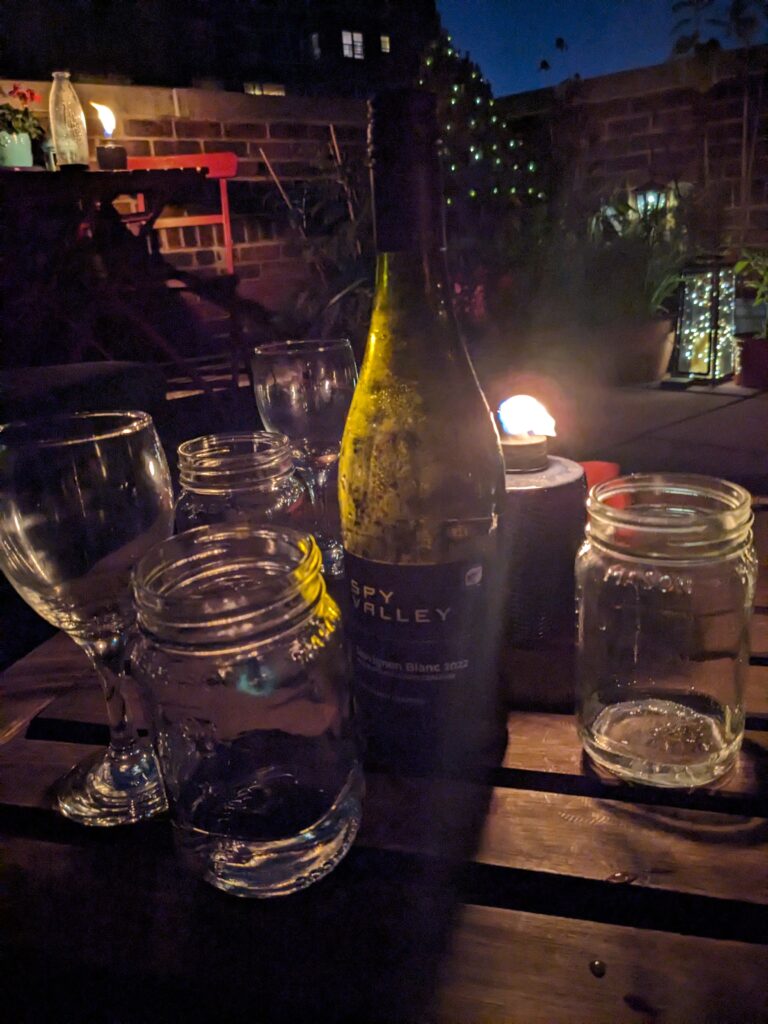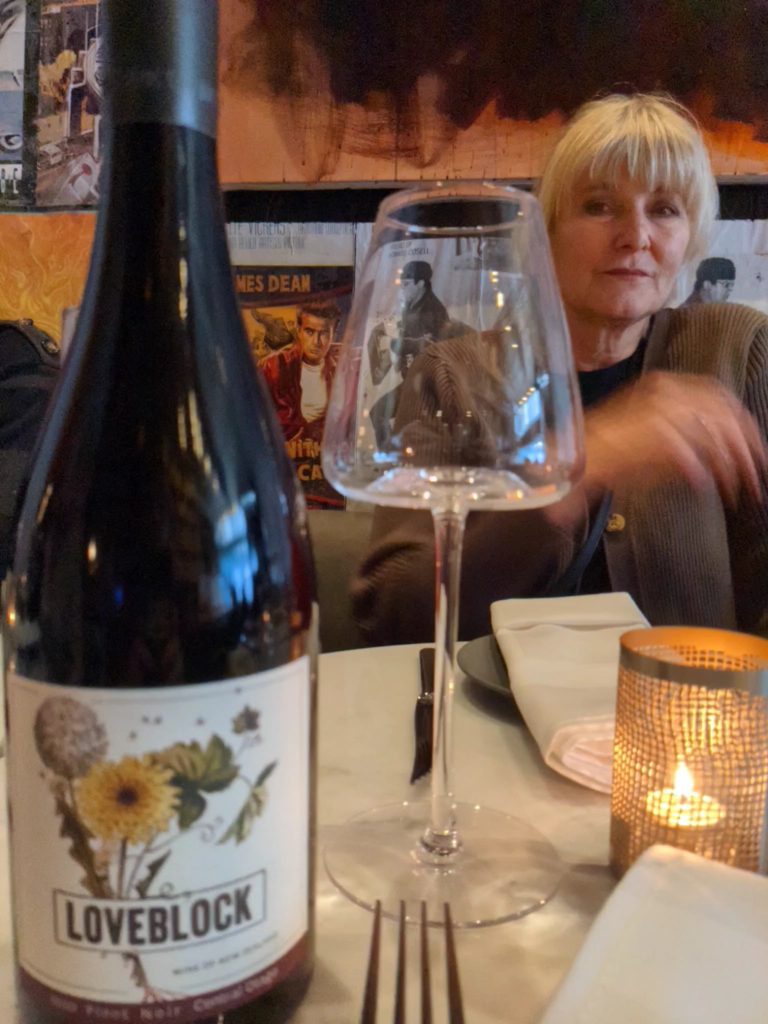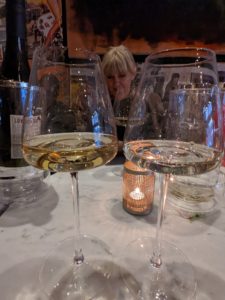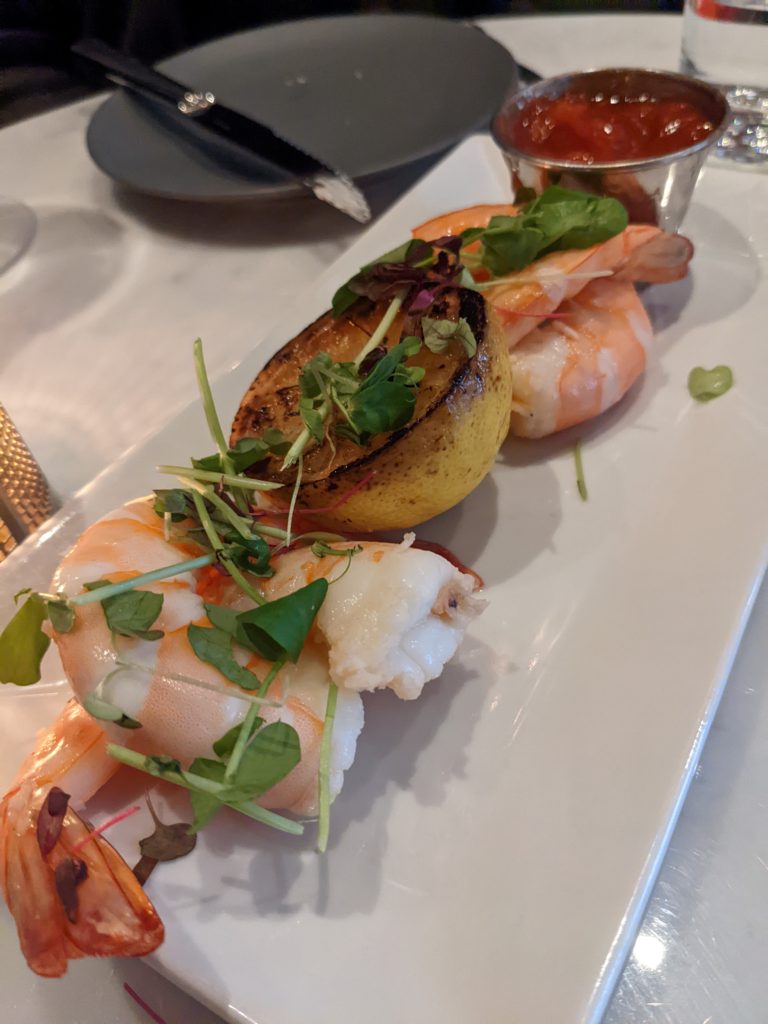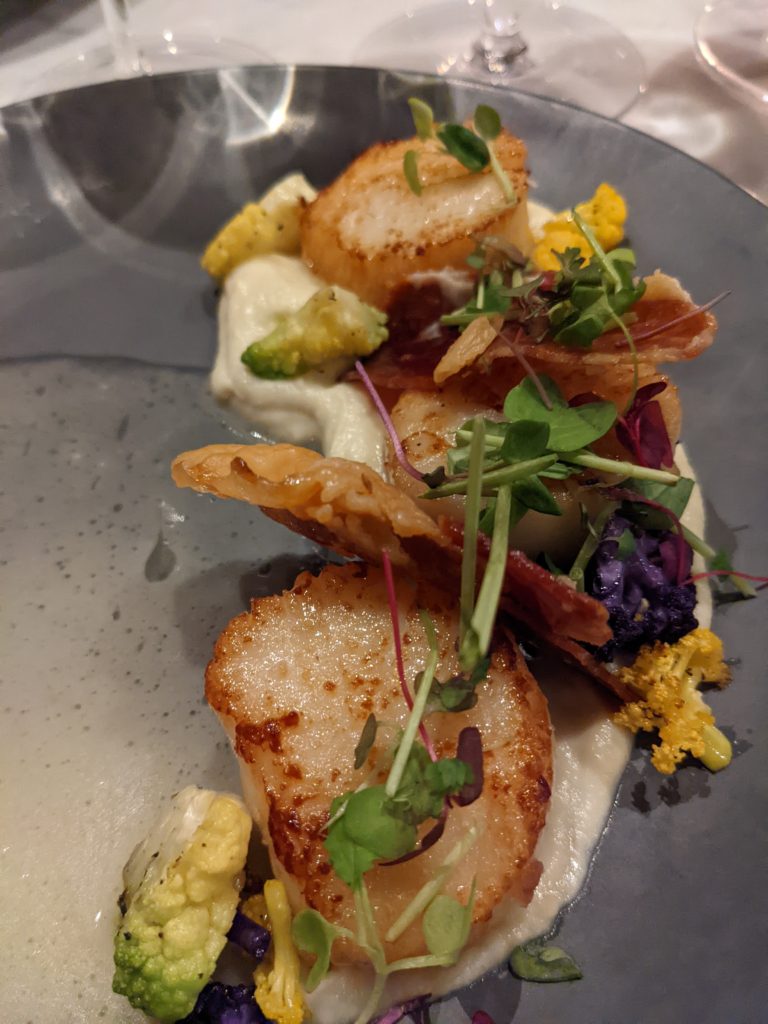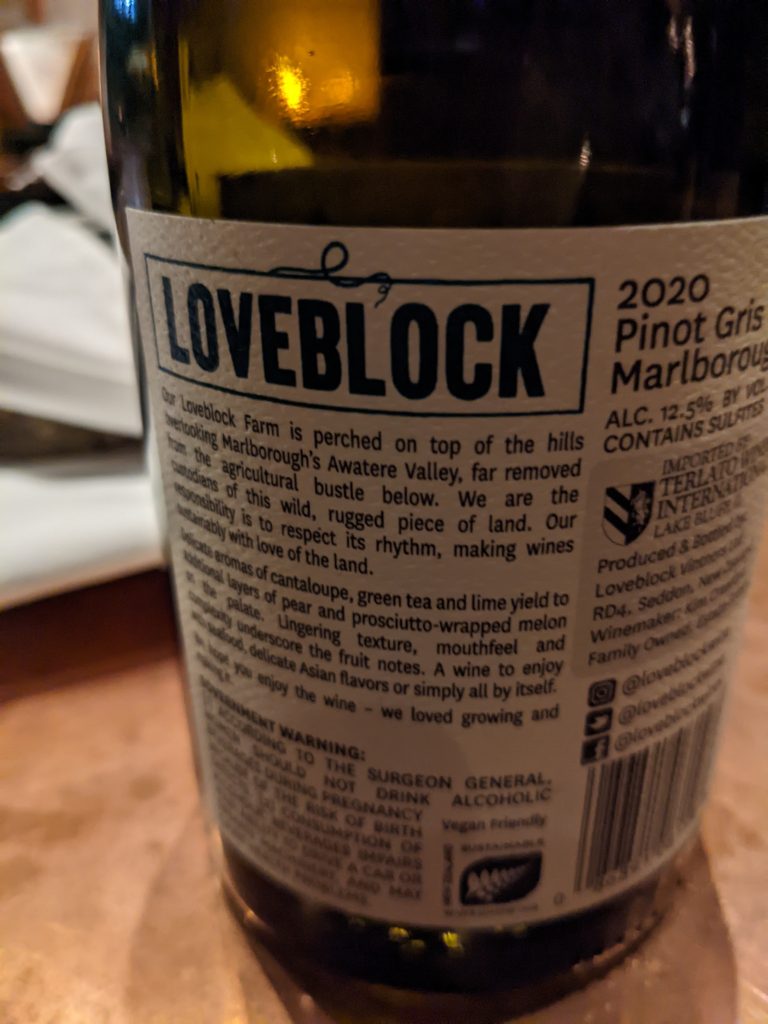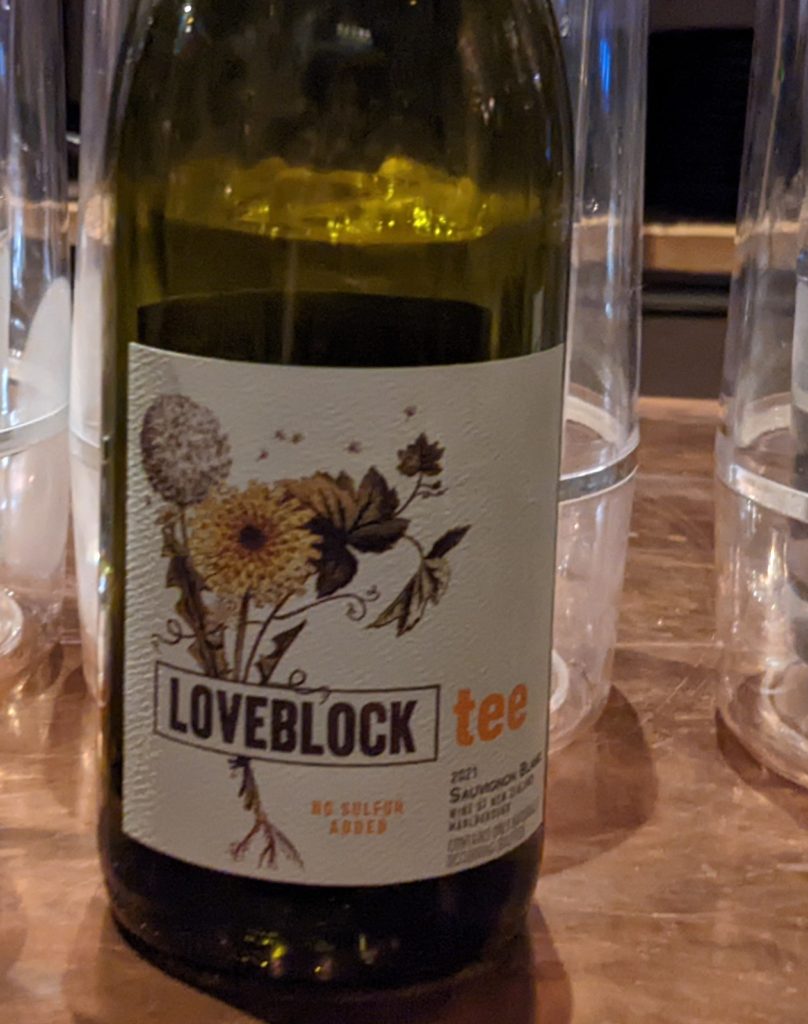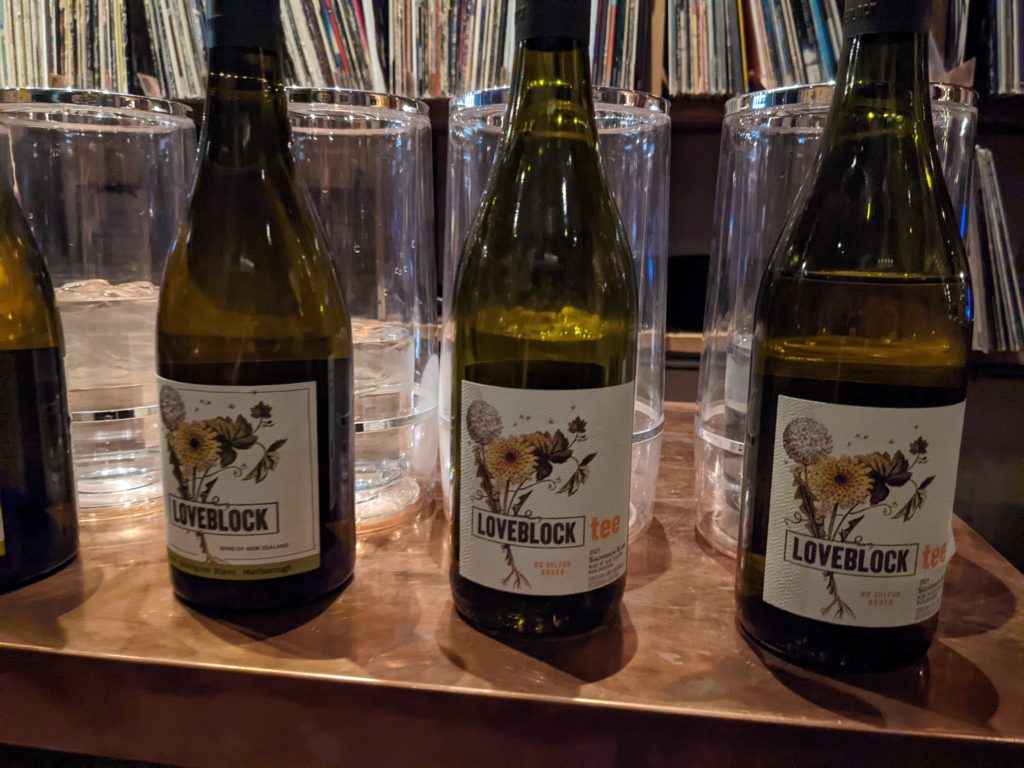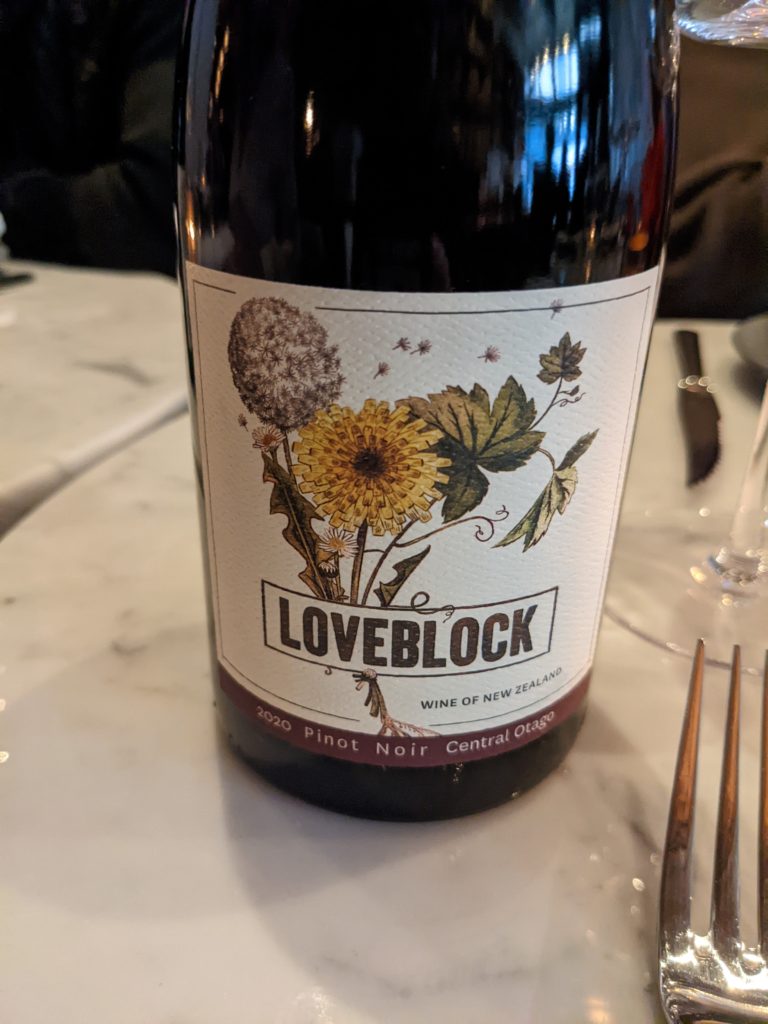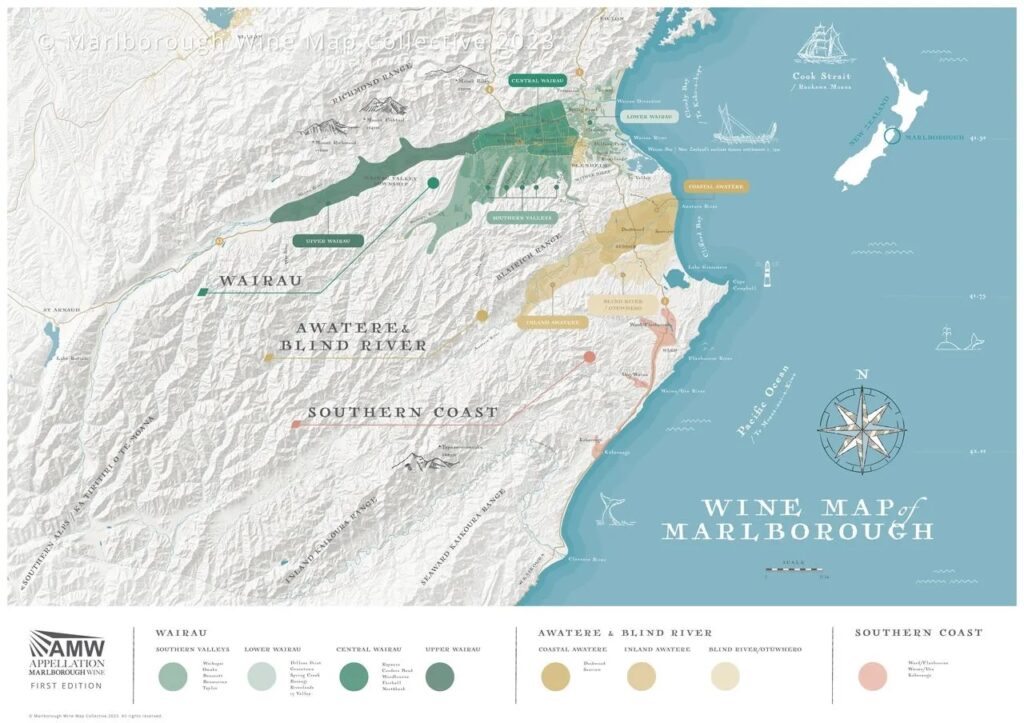
If you are familiar with New Zealand Sauvignon Blanc, chances are that it was from Marlborough. This region, situated on the South Island, has been a staunch supporter of this grape variety and is credited with putting it on the world stage with its bold style. Of course, Marlborough successfully grows other grapes such as Pinot Noir and Chardonnay.
With the region’s growth and popularity, member wineries have banded together to ensure that their appellation is protected through the creation of Appellation Marlborough Wine (AMW), which was trademark registered in 2018.
More recently, AMW released the ‘Wine Map of Marlborough’ as a way to delineate the wine-growing region in more detail. AMW’s primary purpose is to guarantee origin and typicity of the Marlborough wines as well as to safeguard the region for the future through its commitment to sustainability processes and standards. Any wine bearing the AMW mark is guaranteed to be produced from 100% Marlborough grapes.
In keeping with this mission, AMW commissioned New Zealand cartographer, Roger Smith, and local designer, Megan Boreham to produce this official map. The venture took two years, but the map’s debut in 2023 beautifully coincides with the 50th anniversary of the first commercial planting of grapevines within Marlborough. Moreover, the project seeks to recognize the micro-climates and diverse soil types found within Marlborough and, additionally, it codifies formal borders for areas that have been identified more colloquially over the past several decades. The map is considered to be a work in progress as borders are more clearly defined and new sub-regions are introduced.
For now, the Marlborough region can be subdivided into three main macroregions: Wairau; Awatere and Blind River; and Southern Coast. Within each, there are further demarcations of sub-appellations such as Lower Wairu and Central Wairu within Wairau.
Of course, maps are great resources and tools, but if you are really looking to discover Marlborough’s wines, the best way to do so is to pick up a bottle and enjoy it.
TASTING NOTES
Here are a few Marlborough Sauvignon Blancs that I recently enjoyed:
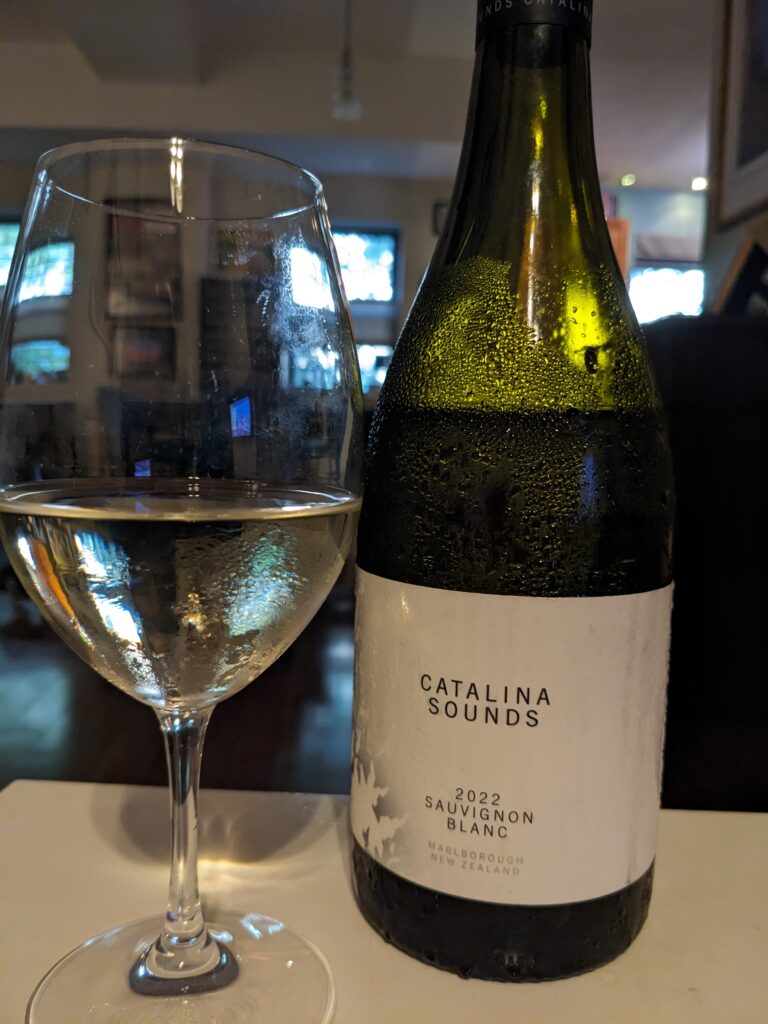
Catalina Sounds Sauvignon Blanc 2022, Marlborough, NZ, $27
Pronounced nose, jumped out of the glass with aromas of grass, cat’s pee, grapefruit and lime. The palate was bright and lively, with fresh citrus fruit, medium body, medium-plus acidity and long length.
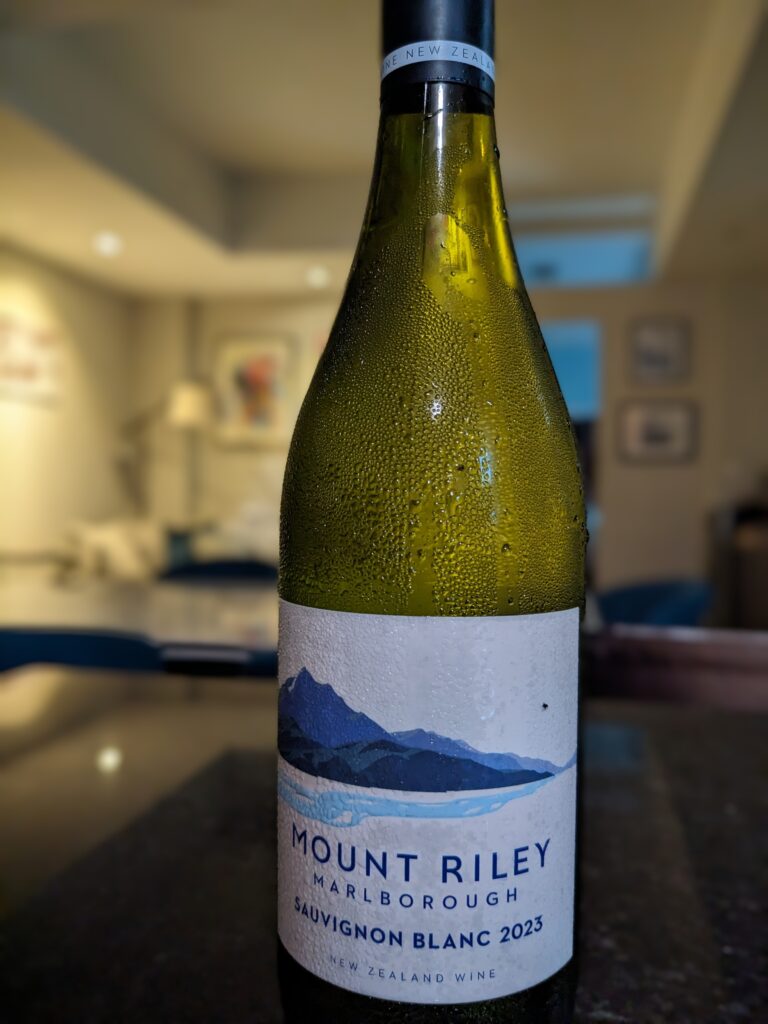
Mount Riley, Sauvignon Blanc 2022, Marlborough, NZ
Less pronounced than the Catalina Sounds, but certainly no shrinking violet. Aromas of lemon, lemon candy and slight hint of herbs greet the nose, joined by minerality on the palate, with vibrant acidity, medium body and long length.
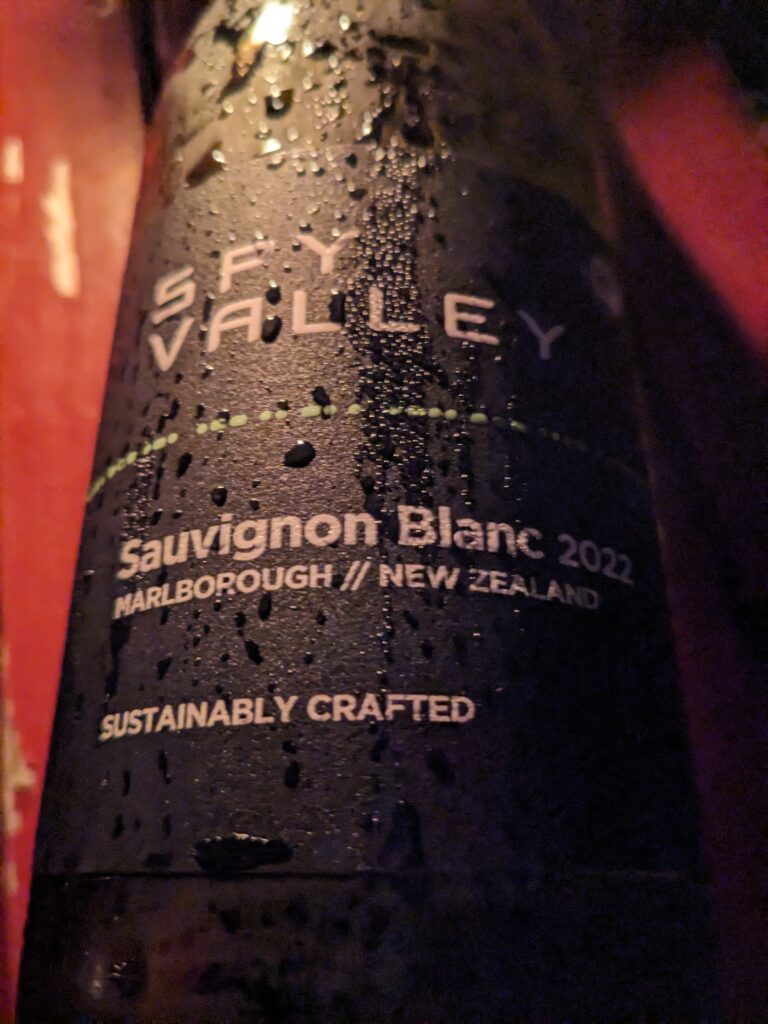
Spy Valley, Sauvignon Blanc 2022, Marlborough, NZ, $22
This wine is beautifully aromatic with minerality, honeysuckle, herbs and lemon/citrus, all of which persist on the palate. Good acidity, medium bodied, culminating in long length.

